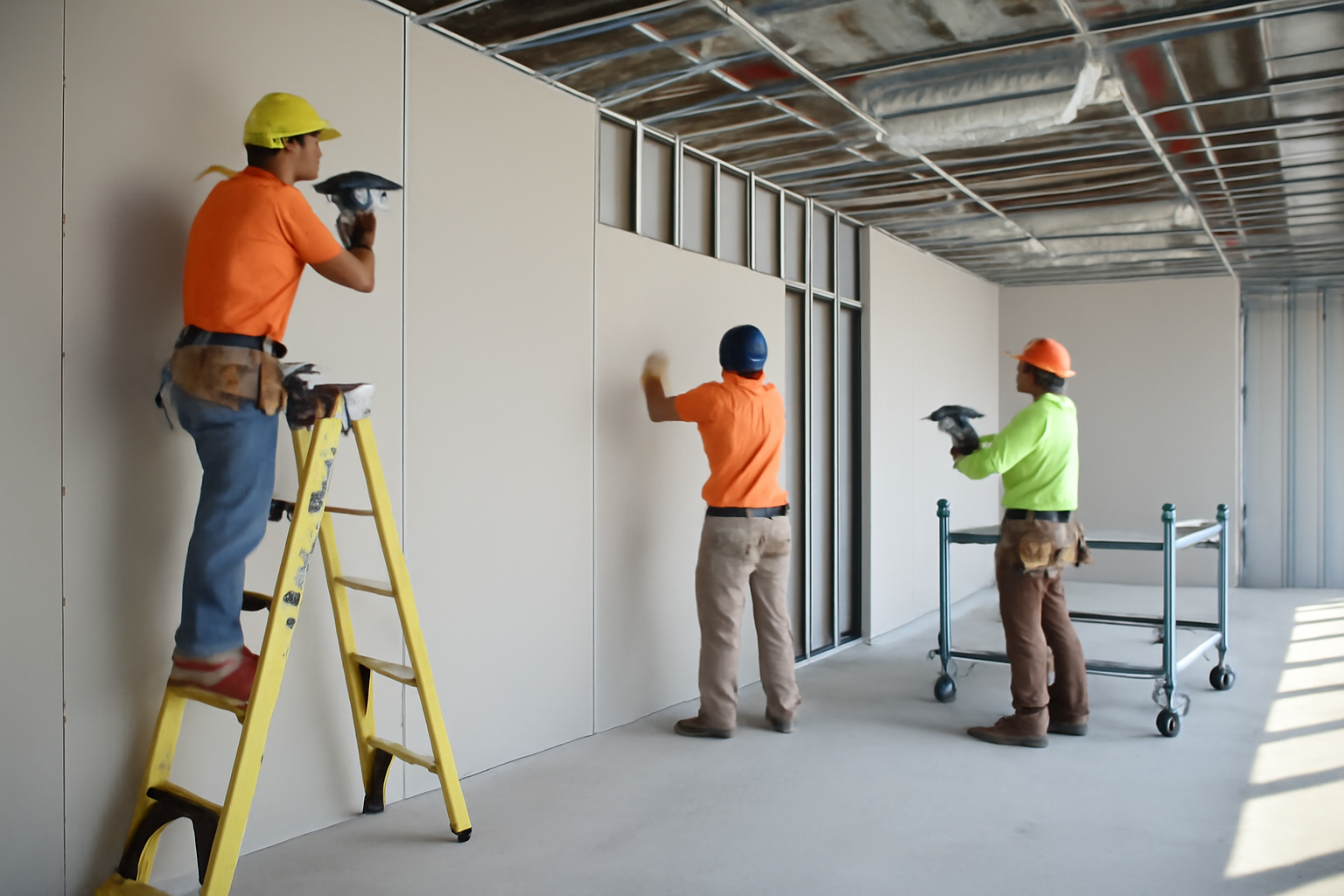
Too many construction teams overlook the power of auditing past drywall projects. Yet, within those files—buried in estimates, takeoffs, and post-project summaries—lies some of the most valuable data for improving future bids, controlling risk, and refining install assumptions. For architects, engineers, and general contractors, old projects aren’t just completed work—they’re benchmarks, trend lines, and early warning systems for what may happen again. Auditing these jobs is one of the simplest ways to transform historical guesswork into forward-looking accuracy.
Every drywall project you’ve closed out holds lessons. The key is to extract them. Auditing lets you go beyond final numbers to uncover insights about where the estimate deviated from the field, what production rates held up, and where time or money was lost. Without this review, the same assumptions get copied and pasted into future jobs—introducing risk with every reuse.
An effective audit doesn’t require redoing the entire estimate. Focus on extracting actionable insights from:
Use this information to build more informed assumptions in your next job—especially for complex scopes like soffits, chase walls, or fire-rated assemblies.
Manual spreadsheets can make this process cumbersome. A smarter solution is to use an estimating platform that automatically tracks both estimate assumptions and field data for side-by-side review. Active Estimating offers this level of auditability—capturing version history, takeoff logic, and performance feedback in one unified system.
Auditing old projects is essential to achieving what’s known as “continuous estimating”—the ability to refine your approach over time using real feedback. It ensures that estimates don’t live in isolation but evolve with each job completed. A drywall estimating software tool built on this philosophy allows for ongoing calibration of quantities, rates, and assumptions—eliminating the need to start from scratch with every new bid.
Drywall estimates improve when teams stop guessing and start referencing. Auditing past projects bridges the gap between intention and outcome, turning completed work into a competitive advantage. With platforms like Active Estimating, this audit process is no longer an afterthought—it’s embedded in the workflow, ensuring every future estimate is more accurate than the last.
Schedule a personalized demo to see how Active Estimating can work for your specific needs.
